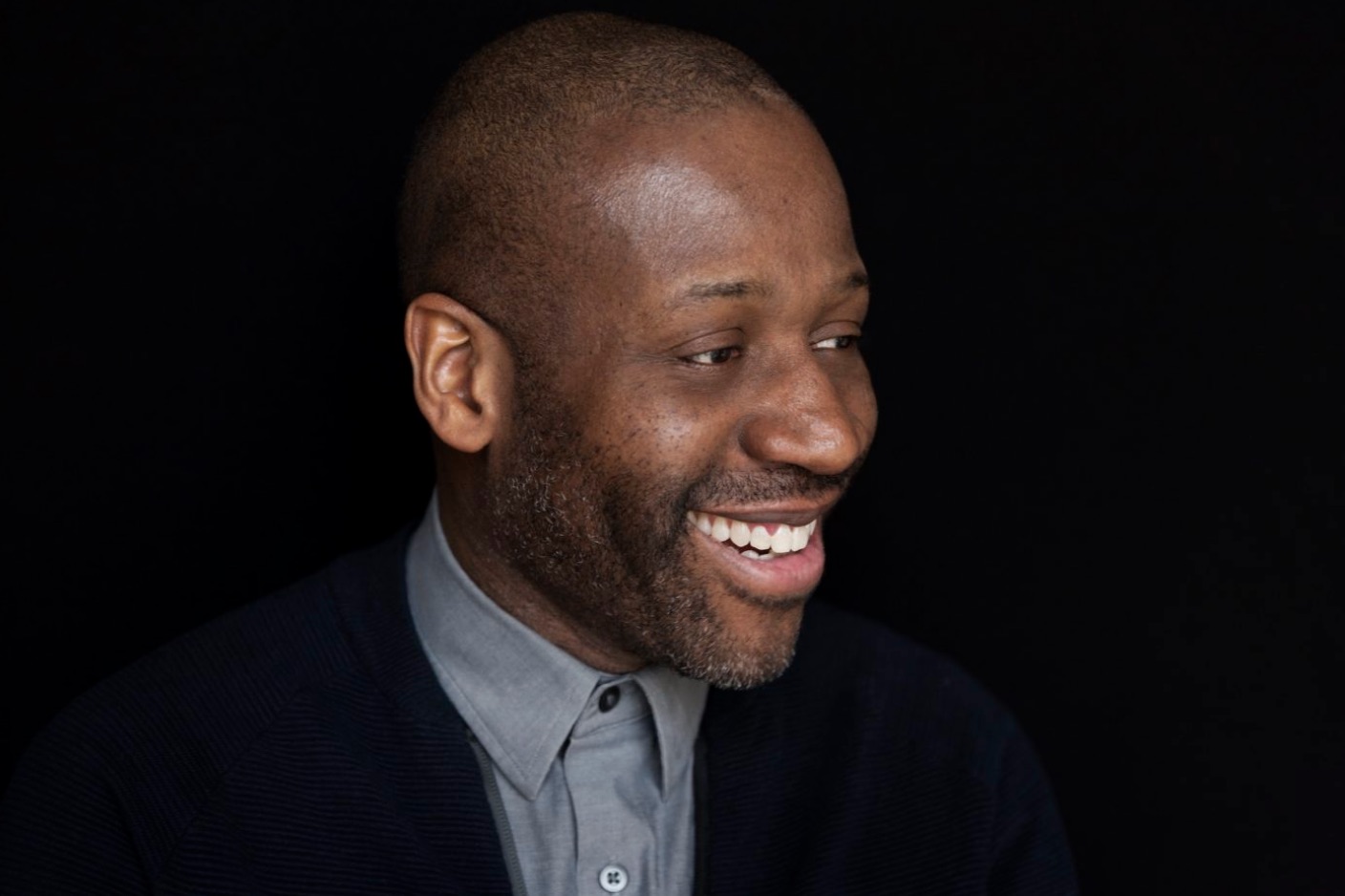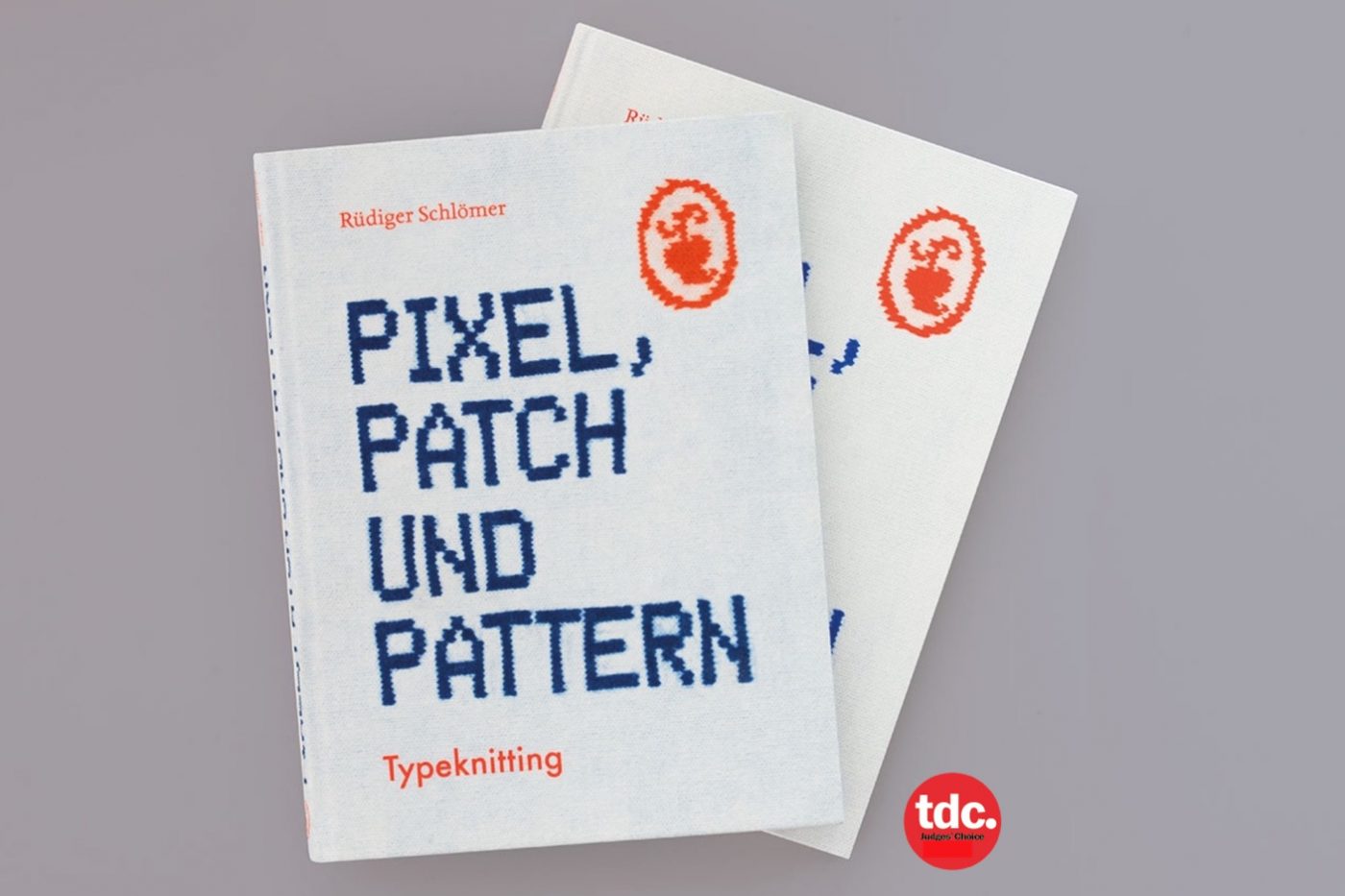
When asked to select his favorite from among all the entries, communication design judge Eddie Opara chose the book Pixel, Patch und Pattern: Typeknitting, created by Swiss designer Rüdiger Schlömer to take readers step-by-step into the world of letter knitting by translating fonts from well-known type designers.
Pixel, Patch und Pattern: Typeknitting is currently on display in The World’s Best Typography exhibition (TDC65) at the Polish-Japanese Academy of Information Technology in Warsaw through September 30 and at Tokyo’s Miraikan Museum at ATypI through September 7.
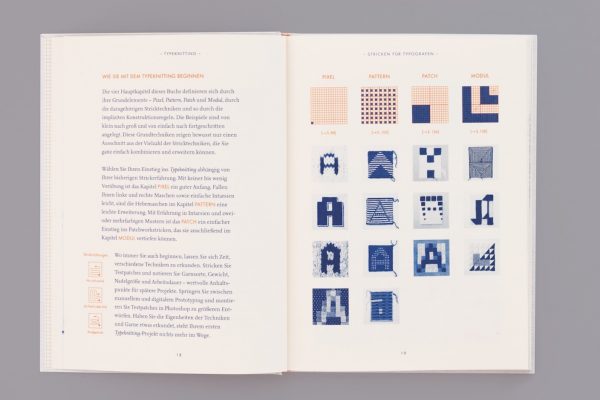
About Pixel, Patch und Pattern: Typeknitting
- Design, Creative Direction, and Author: Rüdiger Schlömer, Zurich
- Photography: Linda Suter
- Publisher: Bertram Schmidt-Friderichs and Karin Schmidt-Friderichs
- Client: Verlag Hermann Schmidt
- Principal Type: Futura LT and Nexus Serif
While exploring different knitting techniques I discovered many parallels to writing and typography: similar grid patterns that can be found in both areas, methods like patchwork knitting showing many parallels to modular typography, or hand-knitters each having distinctive personal fingerprints.
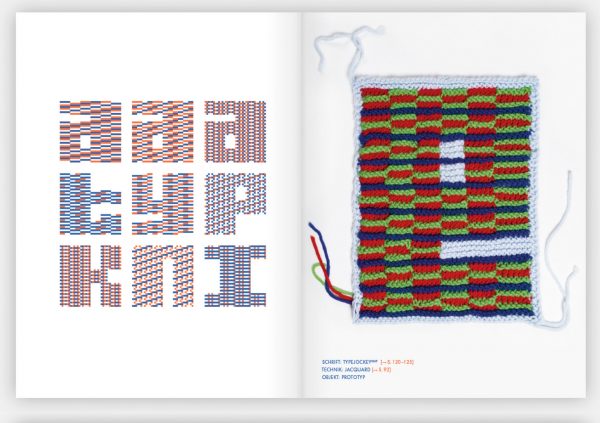
I experienced knitting as a very technical and logical practice, like analog programming. But looking only at the knitted artefacts, this is often rarely visible. I wanted to show this perspective to initiate a fresh, unbiased dialogue between knitting and typography. I chose to reduce the techniques to their structural basis using an instruction manual-inspired aesthetic. The two contrasting colors blue and orange distinguish between instructions and outcomes, between source code and artefact. In this way, the book hopefully appeals to knitters and typographers equally.
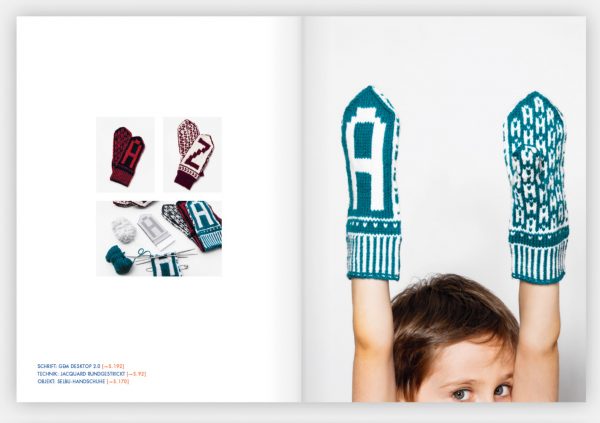
Comments by Communication Design Judge Eddie Opara
“At first glance, the cover is extremely unassuming and without further inspection you would walk right past it. With a closer examination, its apparent pixelated, title in all caps wears a distorted, woven-textured effect with its added hybrid brew of Anglo-German: Pixel, Patch und Pattern. As your eyes peer down to the bottom of the cover, innocuously set in Futura, Typeknitting leaves you intrigued and you are overcome with curiosity.
When opening the book, behold the incredible surprises that wait! You are taken into an alternative culture of typography that is knitted! The different stitching techniques are endless and transformative. The open, playful, thought-provoking, effortless, enterprising, and dynamic qualities are profound. You relish the fact that every design is made by hand. The end results are awe-inspiring. It brings life to modularity and systems. After viewing this book, you have to ask yourself, why do you sit at your computer, hour after hour? Are you really making something that is tangible?”
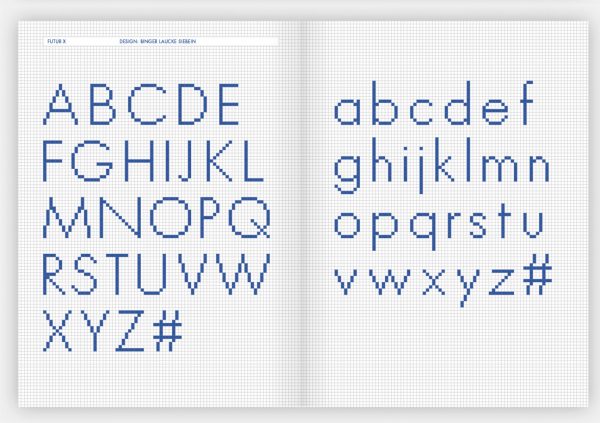
About Eddie Opara
Eddie Opara is a multi-faceted designer whose work encompasses strategy, design and technology. He is a partner in the New York office of Pentagram, where his projects have included the design of brand identity, publications, packaging, environments, exhibitions, interactive installations, websites, user interfaces and software, with many ranging across multiple media. His clients have included Samsung, Cooper Hewitt, Smithsonian National Design Museum, Nike, Quinnipiac University, Grace Farms, the Menil Foundation, The Baffler, Halstead, the Studio Museum in Harlem, Queens Museum, the Corcoran Group, New York University and Morgan Stanley.
Opara was born in Wandsworth, London, and studied graphic design at the London College of Printing and Yale University. He began his career as a designer at ATG, Imaginary Forces and 2×4, and ran his own studio, The Map Office, before joining Pentagram in 2010. He is a senior critic at the Yale University School of Art and a member of the Alliance Graphique Internationale. His work is represented in the permanent collection of the Museum of Modern Art. He is the author of Color Works (Rockport, 2014). He is the recipient of many awards and has been featured in Fast Company’s 100 Most Creative People in Business, Ebony Magazine’s Power 100, and Adweek’s Creative 100.
